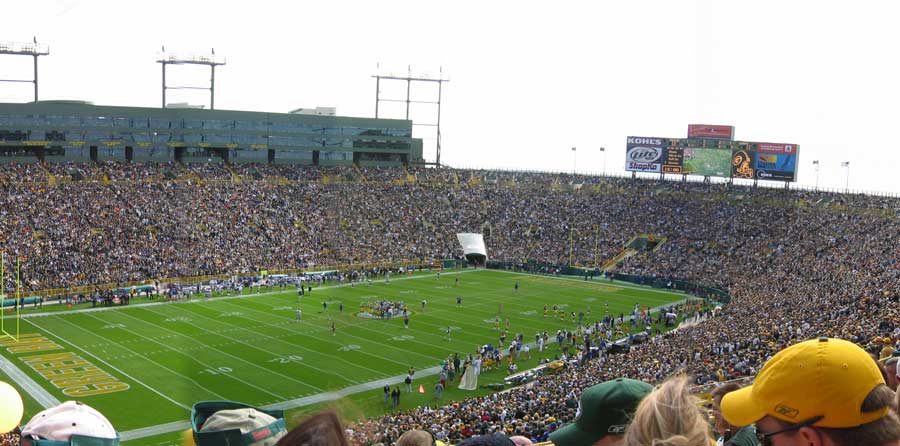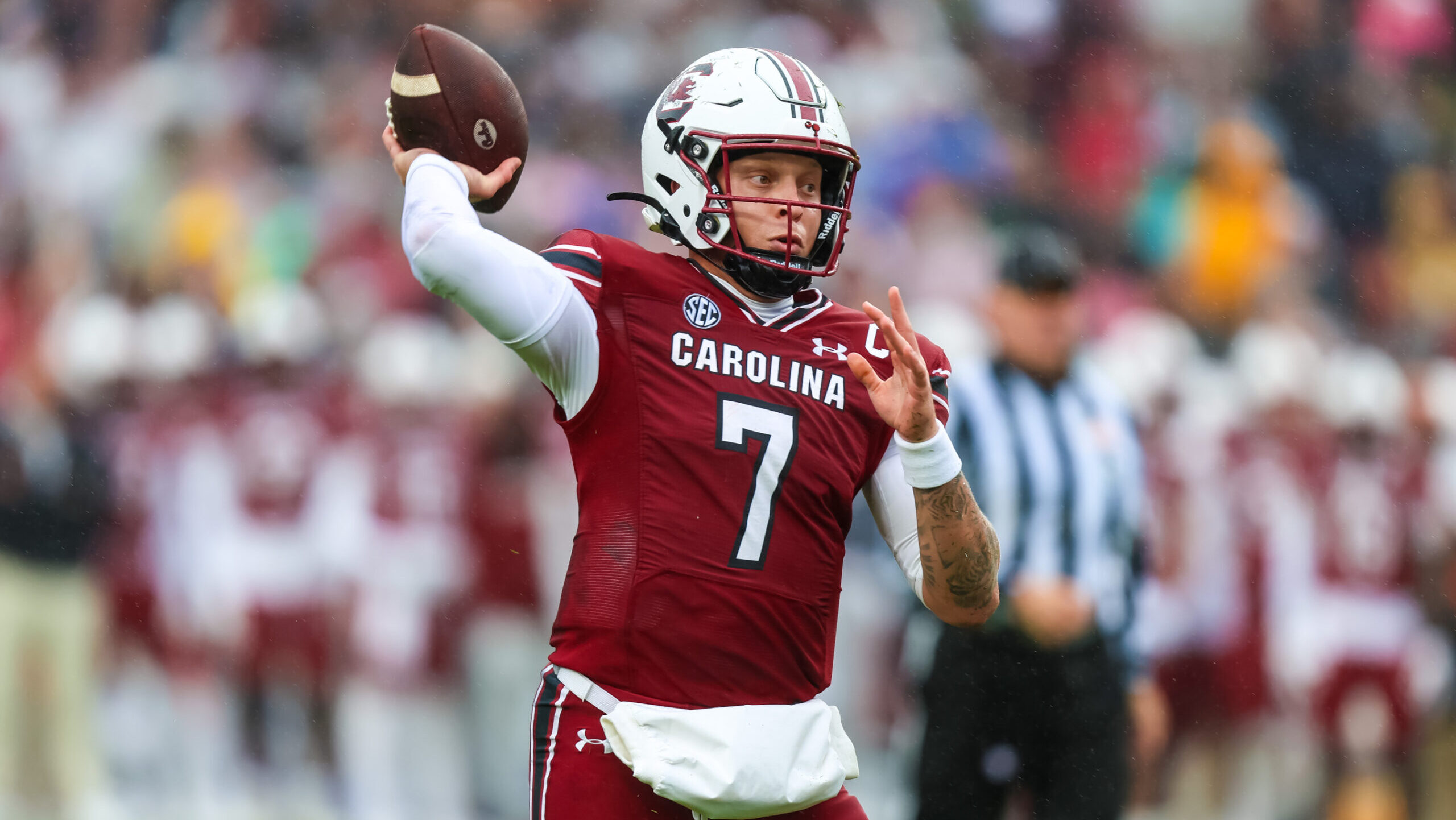Analysis
10/28/20
3 min read
Inside the Numbers: Home-Field Advantage in the NFL

As the NFL season nears the midway point, many predictions that were made back in early September are beginning to take form. The biggest storyline of this season was undoubtedly how the Coronavirus was going to affect the league and its teams in various ways. With some stadiums void of fans and others at limited capacity, one of the more prominent debates was the effect this virus would have on home-field advantage.
Looking at data collected since 2015, the following is true about home-field advantage:
- The win rate for home teams during this stretch is 55.7%
- 19 franchises have enjoyed a home-field win probability over 50%
- New England has had the best record at home over the past few seasons -- winning 80.4% of their games in Foxborough
- After New England, the top five is rounded out by Green Bay, Pittsburgh, Kansas City and Seattle. All five play outdoors and the winters can be harsh.
Going back even further, the following is true about home-field advantage since 2010:
- Teams have won 56.49% of games in their own stadium
- 22 franchises have kept a home-field winning percentage above 50%
- New England again secures the top spot with an 83.3% win rate at home
- Similarly to the 2015 data, the remaining teams in the top 5 experience cold winters: Green Bay, Seattle, Baltimore and Pittsburgh
Here’s how home-field advantage has shaped up through Week 7 this season:
- Teams have won 51.6% of their home games
- Only 14 teams have a win percentage at home that is above 50%
- Green Bay, Seattle and Pittsburgh find themselves in the top 5 again
As of now, it seems the advantage of playing at home isn’t quite as strong as it has been over the past decade. It will be interesting to see how these numbers change as the season continues.
Weighing the factors that determine home-field advantage is still largely up for debate. After assessing the data, it may seem that climate has a bigger role in home-field advantage than people previously assumed. It isn’t a coincidence that in each scenario from above, the top 5 teams in terms of home-field win percentage are located in some of America's coldest regions. Practicing and competing in these conditions on a daily basis gives these teams an edge when facing franchises that come from warmer climates or play in domes.
With some stadiums allowing fans and others pumping artificial noise through the speakers, it’s hard to assess how much a depleted home crowd has affected these teams. Having no crowd, however, could definitely have an effect on the officials' likeliness to throw flags. Studies across all sports leagues have shown that because of biased environmental pressures, referees’ officiating can be affected. Whether it is the action of throwing a flag or not, the pressure from the home crowd may unconsciously alter the referees’ decisions. So far in the NFL this year, there has been a steep decline in the number of flags thrown. During the 2019 regular season, 3,452 penalties were counted against teams, for an average of 6.74 per team per game. Through seven weeks of play, there have only been 1,201 flags thrown – on pace for a season total of 2,745.
Whatever the factors may be, teams have historically fared better at home. Reassessing these percentages at the end of the season could give us a deeper look into which factors are more important in determining home-field success.






